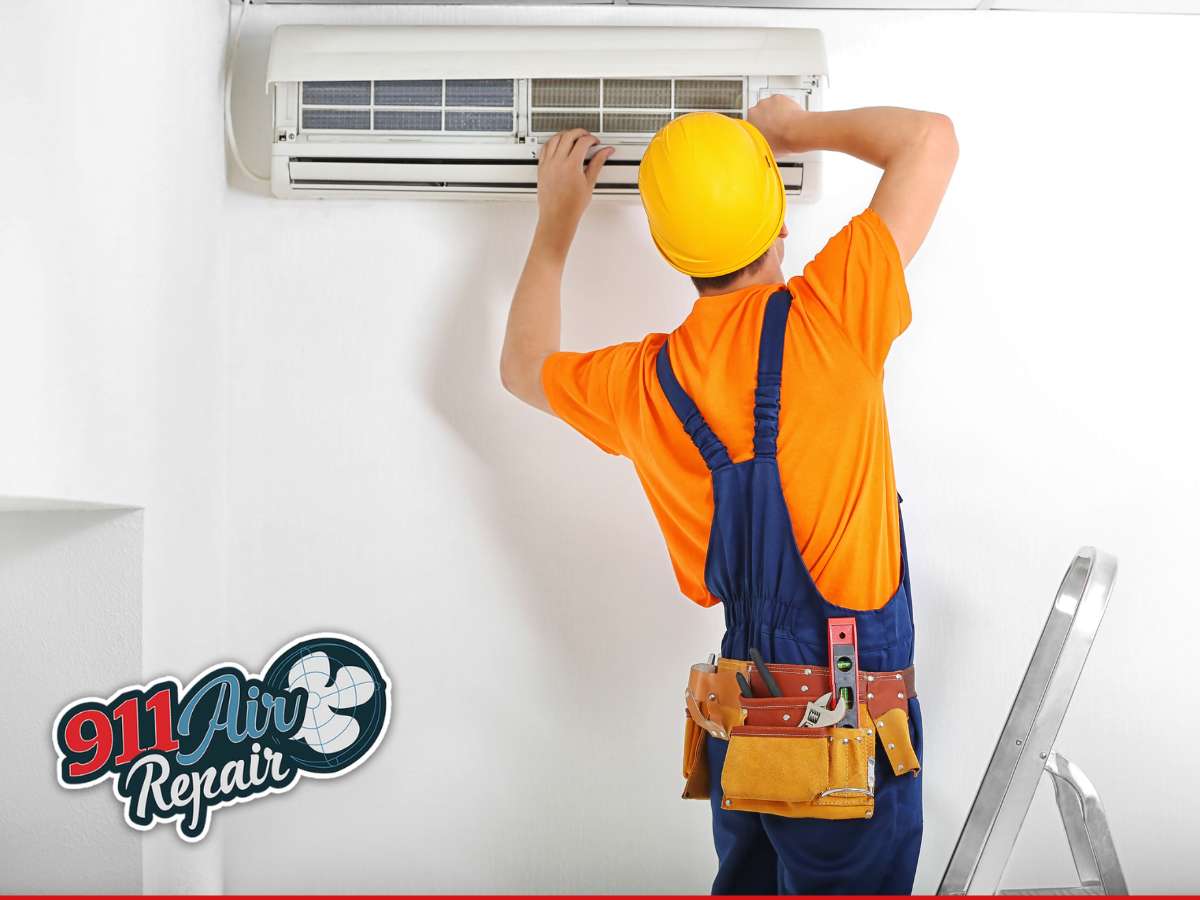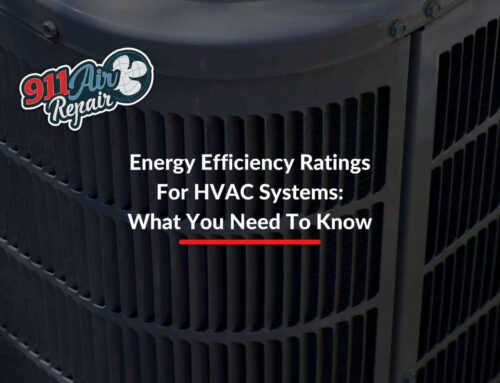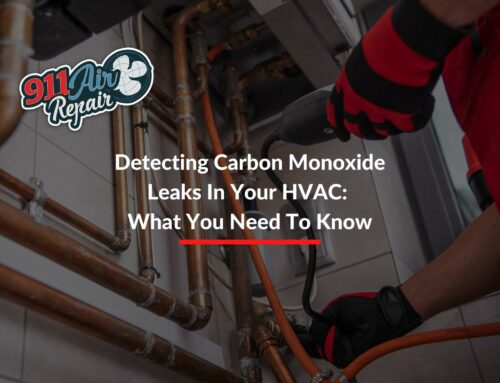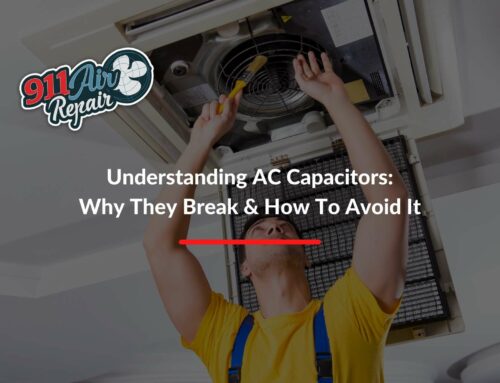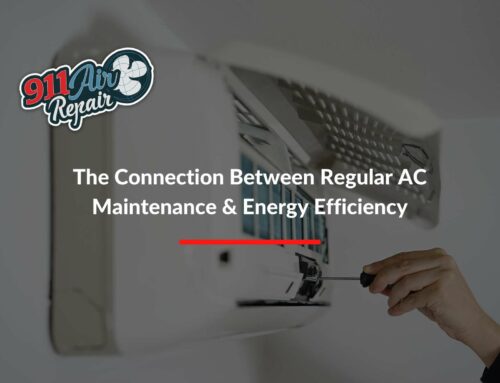Air Conditioning Installation: Duration, Procedures & Maintenance Insights
Air conditioning plays a crucial role in maintaining a comfortable and livable environment within homes. As the sweltering heat of summer approaches, many homeowners consider the installation of a new air conditioning system.
One common question that arises in this context is, “How long does AC installation take in homes?” The answer to this question involves various factors, each influencing the overall timeline of the installation process.
The Essential First Step: Getting An In-Home AC Estimate
Initiating the process of AC installation in homes is a meticulous endeavor that commences with a critical step—the in-home estimate. At this stage, the goal is to determine the precise size of the air conditioner required for your specific residence.
A manual J load calculation becomes instrumental during this phase, offering insights into the heat absorption and release characteristics of your home, crucial for selecting an air conditioner tailored to meet your unique needs.
Additional Considerations During The In-Home Estimate
In addition to the load calculation, your sales professional will meticulously assess various aspects, including the placement of the system, line set configuration, and potential ductwork modifications. These considerations go beyond mere sizing, ensuring that the installation process is tailored to the intricacies of your home.
A Detailed Breakdown
On the day of installation, the culmination of meticulous planning and preparation unfolds, with a typical air conditioner installation spanning a timeframe of 4 to 8 hours. However, this duration is subject to variables such as the existing system’s size, weather conditions, and accessibility factors.
Refrigerant Handling
Before delving into the installation process, responsible HVAC contractors prioritize the capture of refrigerant from the existing system. Recognized as environmentally hazardous by the EPA, this step safeguards against potential harm. The refrigerant capture process, taking a few hours, sets the stage for the subsequent dismantling and removal of the disconnect and wiring.
Dismantling The Old System
Following refrigerant capture, the removal of the old outdoor and indoor units, as well as the line set, takes place. This intricate process, lasting an additional hour, paves the way for the introduction of the new air conditioner.
Methodical Installation: Outdoor & Indoor Unit Placement
With the old system dismantled, attention turns to preparing the installation site. Drop cloths protect flooring, a bed of gravel is laid for the outdoor unit’s pad, and the new air conditioner components are strategically positioned. Mounting the outdoor unit and attaching the new evaporator coil to the furnace can span from half an hour to an hour and a half, emphasizing the need for precision.
Line Set Replacement & Wiring
At this juncture, a new line set is introduced, replacing the old one, and meticulously connected via brazing with nitrogen to ensure an airtight seal devoid of contaminants. This step, taking between 1 to 2 hours, highlights the commitment to thoroughness at every stage.
Subsequently, the wiring process begins, incorporating a new power disconnect and establishing connections for seamless communication within the HVAC system. This crucial step takes approximately an hour to complete, emphasizing the interconnected nature of the entire system.
Refrigerant Release & Pressurization
The system is then charged with refrigerant, a process that takes one to two hours, aligning the system with manufacturer specifications. Simultaneously, line set protection is integrated, fortifying the installation against external elements and contributing to long-term efficiency.
Ensuring Optimal Performance
The installation process concludes with commissioning—a step often overlooked but critical for optimal performance. Commissioning verifies that every component operates as intended, mitigating the risk of lackluster performance, energy wastage, and potential breakdowns. This final step is pivotal for the longevity and efficiency of the newly installed HVAC system.
After Installation: Clean-Up & System Overview For Homeowners
Post-installation, the installer meticulously cleans the work area, ensuring a seamless integration of the new system into your home. A comprehensive overview of the system is provided, empowering homeowners with knowledge about the intricacies of their HVAC setup.
The duration of AC installation in homes encompasses multiple facets, each executed with precision and environmental responsibility. From the initial in-home estimate to the final commissioning, the process unfolds as a comprehensive endeavor designed to enhance efficiency, reliability, and longevity.
Exemplary Post-Installation Practices
As the culmination of the meticulous air conditioner installation process transpires, it becomes imperative to adopt best practices aimed at optimizing the performance and longevity of your HVAC system. Elevating your awareness and commitment to maintenance ensures that your investment continues to operate seamlessly.
Prudent Filtration Management
Initiating a robust maintenance routine begins with the regular replacement of your air conditioner’s filter. This seemingly simple task carries substantial implications for the overall efficiency of your system. A diligently changed filter prevents the accumulation of debris, ensuring that your air conditioner functions optimally.
The consequences of a neglected filter extend beyond compromised efficiency; they manifest in heightened strain on the system, resulting in increased energy consumption and the potential for premature breakdowns.
Annual Maintenance: Protecting Your AC Investment & Efficiency
Beyond filter management, the implementation of a strategic maintenance schedule stands as a fundamental measure to safeguard your HVAC system’s integrity. Manufacturers stipulate annual maintenance as a prerequisite for honoring warranties.
By adhering to this recommendation, you not only preserve warranty coverage but also mitigate the risk of incurring 30-50% higher utility bills. Neglecting routine servicing places undue stress on the system, compromising its efficiency and potentially leading to avoidable operational issues.
Ensuring Long-Term AC Performance: A Guide To Post-Installation Care
The post-installation phase necessitates a forward-thinking approach to HVAC care. By integrating these best practices into your routine, you actively contribute to the sustained performance of your air conditioner. In doing so, you not only protect your investment but also cultivate an environment where energy efficiency and system longevity prevail.
At 911 Air Repair, the judicious implementation of maintenance practices serves as a testament to your dedication to optimal system functionality. By embracing these best practices, you fortify your air conditioner against potential pitfalls, ensuring it operates at its peak for years to come. For those considering the acquisition of a new air conditioning unit or a comprehensive HVAC system for their residence in Maricopa, Arizona, we invite you to contact us at your earliest convenience!
20625 N, Ancon Ave
Maricopa, AZ 85139
Phone: (480)-360-1234
Email: support@911-ac.com

